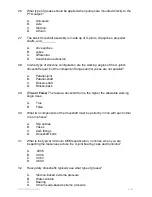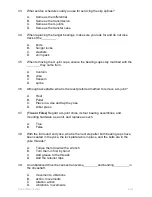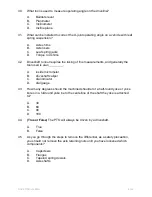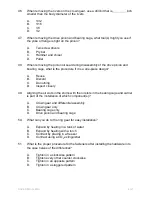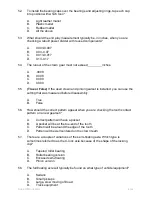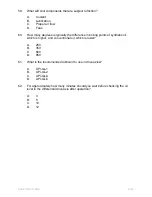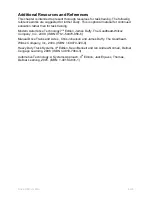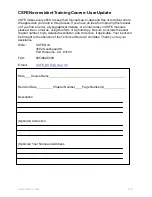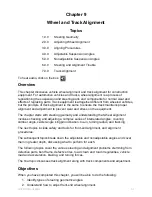
Ambient Temperature Range
Correct Grade
-40°F to -15°F
75W
-15°F to 100°F
80W-90
-15°F and above
80W-140
10°F and above
85W-140
Figure 8-107 - Proper grade of lubricant.
Most OEMs approve the use of synthetic lubricants as long as they meet API-GL-5
classification standards. Due to the wide variety of operating extremes that vehicles and
off-road equipment are subjected to, it is difficult to determine ideal drain intervals for all
vehicles and equipment. Vehicles invariably use mileage, whereas off-road equipment
service intervals are usually measure in hours of operation.
5.2.3 Contaminated Lubricant
It is not recommended to mix different brands of lubricants. Not all lubricants are
compatible with each other. Every effort should be made to prevent the mixing of
different lubricants in axle assemblies. Some additives used by certain manufactures
are not compatible with other manufacturer's additives. Never mix different brands of
gear lube. Some synthetic oils, when mixed with petroleum-based oil, will thicken. This
can lead to foaming, which can result in early component failure. Water, dirt, and wear
particles can cause extensive damage in a short period of time. Water can enter the
axle assembly through a faulty shaft seal or through the carrier to a banjo housing joint.
Wear particles are generally a result of normal wear and can be minimized by the use of
magnetic drain plugs. The magnets collect metal particles that settle to the bottom of the
axle housing during shutdown periods. Some manufacturers use an oil pump in the
drive axle to distribute oil and a filter in the circuit to filter out dirt particles.
5.2.4 ts of Lubrication Failures
Whenever a lubricant does not perform up to the vehicle or equipment application
standards, the life of the internal components will be shortened. Following is a list of
causes and effects that may occur as a result of lubrication failures:
1. Lubrication that is contaminated with water can cause scoring, etching, or pitting
on the running surfaces of the gears and bearings.
2. Underfilling the axle assembly may lead to metal-to-metal contact, which can
lead to high friction that can cause overheating and result in oil breakdown. This
will usually melt metal surfaces. The internal parts will often be blackened from
the heat.
3. The use of an improper lubricant, which includes the practice of mixing different
oils, may lead to surface etching or lubricant breakdown, leading to metal-to
metal contact.
4. Using a viscosity that is not suitable for the application temperatures may result
in a lubrication film breakdown, leading to severe scoring and galling. The
internal gears will often be blackened from the heat.
NAVEDTRA 14050A
8-97






















